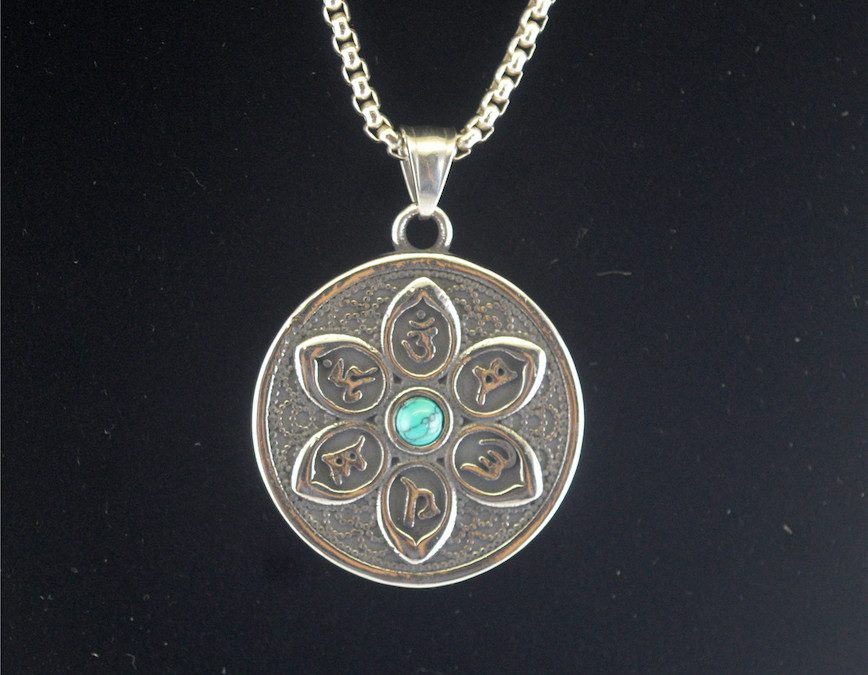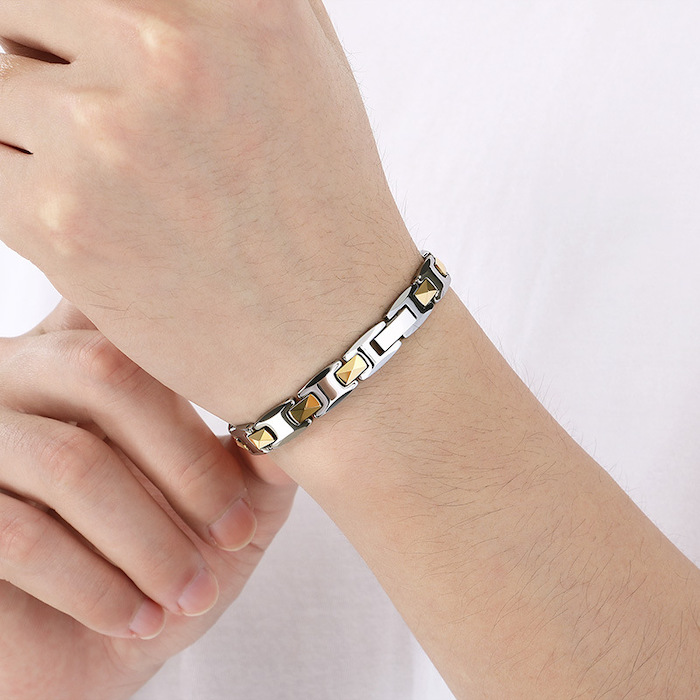The Resurgence of Religious Jewelry in 2025: A Tapestry of Faith, Fashion, and Future Trends
In an era defined by rapid technological advancement and shifting cultural paradigms, one trend stands out as both timeless and timely: the explosive popularity of religious jewelry. By 2025, these sacred adornments have transcended their traditional roles, emerging as symbols of identity, sustainability, and cross-cultural dialogue. This 3,000-word exploration dives deep into the forces driving this renaissance, weaving together historical context, consumer psychology, and cutting-edge innovation to reveal why crosses, rosaries, mandalas, and hamsas are not just surviving—but thriving—in the modern world.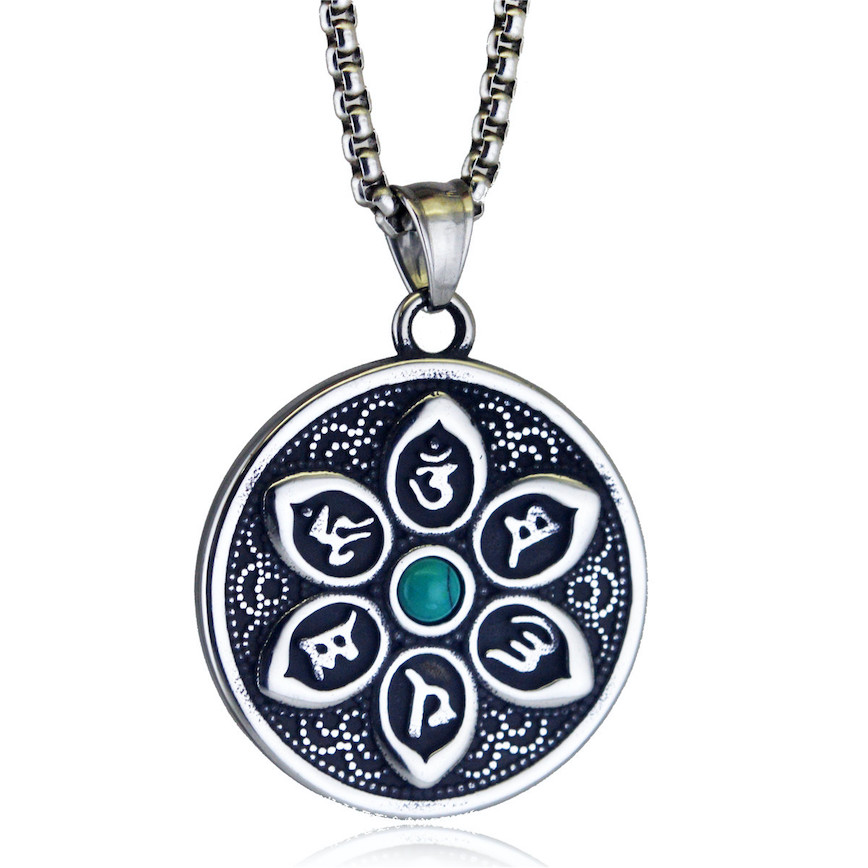
Chapter 1: The Soul of the Age—Why Spirituality is Reshaping Fashion
1.1 A World in Search of Anchors
The 2020s have been a decade of upheaval: climate crises, geopolitical instability, and the lingering effects of a global pandemic have left many yearning for meaning. A 2024 Pew Research study found that 68% of millennials and Gen Z respondents identified “spiritual fulfillment” as a priority, even as traditional religious affiliation declines. This paradox has birthed a new wave of “spiritual nomads” who cherry-pick symbols from various faiths, creating personalized talismans of hope.
Religious jewelry fills this void. A cross pendant isn’t just a Christian emblem—it’s a minimalist declaration of resilience. A Buddhist lotus ring becomes a meditation prompt during a stressful workday. “People aren’t necessarily buying into dogma,” explains Dr. Elena Torres, cultural anthropologist at Stanford University. “They’re curating symbols that resonate with their inner narratives.”
1.2 The Heirloom Effect: Bridging Generations
In an age of disposable fast fashion, religious jewelry carries the weight of legacy. A 2025 report by The Vintage Jewelry Institute revealed that 43% of consumers under 35 own at least one faith-based heirloom, often repurposed into modern designs. Take Maria Gonzalez, a third-generation Mexican-American designer, who melts down her grandmother’s rosary beads to create hybrid “milagro earrings” blending Catholic and Aztec motifs. “It’s not just jewelry,” she says. “It’s a conversation with my ancestors.”
Luxury brands are capitalizing on this nostalgia. Tiffany & Co.’s 2025 “Eternal Light” collection features Art Deco-style cross pendants engraved with customizable family crests, while Cartier’s “Sanctuary” line revives medieval reliquary designs with compartments for ashes or sacred texts.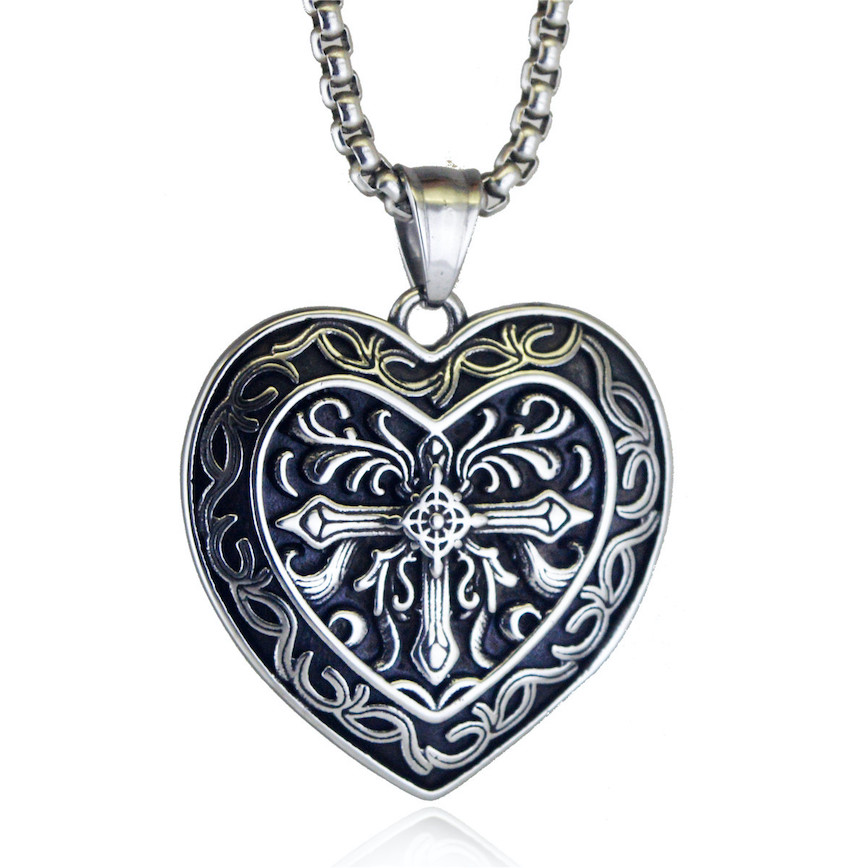
Chapter 2: The Runway Meets the Divine—High Fashion’s Holy Alliance
2.1 Celebrities as Modern-Day Evangelists
When Beyoncé wore a diamond-encrypted Star of David choker at the 2024 Met Gala (a nod to her Jewish collaborator, Jonathan Cheban), searches for “Kabbalah jewelry” spiked 290%. Similarly, K-pop idol RM of BTS sparked a global craze for Hindu “Om” rings after wearing one during his UN speech on mental health.
Luxury brands are leaning into this star-powered piety:
- Gucci’s “Guilty Faith” Campaign: A controversial yet wildly successful 2025 line featuring leather chokers with upside-down crosses (marketed as “reclaiming sacrilege”).
- Dolce & Gabbana’s “Sicilian Vespers”: A homage to Catholic baroque art, with cameos of weeping Madonnas set in blood-red rubies.
2.2 Streetwear’s Holy Revolution
Beyond the red carpet, streetwear brands are democratizing divinity. Los Angeles-based label Praying sells $50 “Hood Saints” hoodies with screen-printed icons of Tupac Shakur styled as a martyred saint. In Tokyo, Harajuku’s Kami Core subculture pairs Shinto torii gate earrings with neon cyberpunk aesthetics.
“It’s about irreverent reverence,” says street artist turned designer, Kazuo Murakami. “Kids today pray to TikTok algorithms—why not wear a USB drive pendant shaped like Buddha?”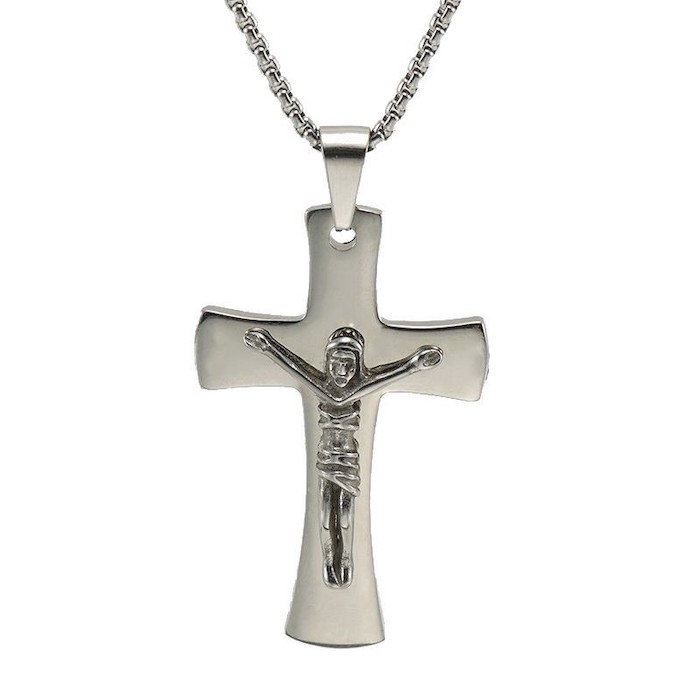
Chapter 3: Green Gospels—Sustainability as a Sacred Duty
3.1 Ethical Mining and the New Crusades
The 2025 jewelry industry faces a moral reckoning. Blood diamonds and exploitative mining practices clash with Gen Z’s eco-conscious ethos. Enter faith-driven brands like Eden Ethical, which sources gold from fair-trade mines in Peru, blessing each batch in interfaith ceremonies. “Our ‘Eco-Crucifixes’ come with a blockchain token tracing every gram back to the miner who unearthed it,” says CEO Amina Diallo.
Even the Vatican has joined the movement, partnering with De Beers to launch Laudato Si’ Gems—a line of conflict-free diamonds blessed by Pope Francis, with profits funding reforestation in the Amazon.
3.2 Biomaterials and Circular Design
Innovators are reimagining sacred materials:
- Mushroom Leather Misbahas: Turkish startup MycoPray crafts Islamic prayer beads from mycelium, dyed with henna.
- Cremation Jewelry 2.0: Companies like Ashes to Eden infuse loved ones’ ashes into synthetic sapphire rosaries, merging memorial and faith.
“Sustainability isn’t a trend—it’s Genesis 2:15 in action,” notes Rabbi David Cohen, referring to the Biblical call to “tend and keep the Earth.”

china factory online wholesales brass diamond jewelry bangle ring set
Chapter 4: Custom Gods—The Rise of Bespoke Spirituality
4.1 Algorithmic Angels
Tech is personalizing piety. Apps like SoulDNA use AI to analyze users’ social media, suggesting “spiritually aligned” symbols. A climate activist might receive recommendations for St. Francis of Assisi medals, while a crypto trader gets a blockchain-linked Eye of Providence.
3D printing lets worshippers design their own deities. PrintYourPrayer.com allows customers to sculpt hybrid figures—say, a Hindu Ganesh with wings of Archangel Michael—then cast them in recycled silver.
4.2 Interfaith Icons
As intermarriage and globalization blur religious lines, dual-faith jewelry thrives:
- Christallah Pendants: Combining the Cross and Islamic crescent for interfaith couples.
- Zen Crucifixes: Minimalist Jesus figures in lotus meditation poses, popular among yoga enthusiasts.
“These aren’t compromises,” says designer Lila Farsi. “They’re bridges.”
Chapter 5: The Digital Temple—E-Commerce and Virtual Worship
5.1 Metaverse Missions
Virtual churches, mosques, and temples are booming. In Decentraland, users don digital veils and NFT kippahs for VR services. Luxury brands like Bulgari sell “MetaRosaries”—animated bead chains that glow during virtual prayers.

china manufacturer wholesales stainless steel jewelry chain necklaces
5.2 TikTok Evangelism
#FaithFashion videos have 12 billion views, with teens sharing “Get Ready With Me: Midnight Mass Edition” tutorials. Micro-influencers like @BibleChic (2.4M followers) partner with brands like SacredSwag to hawk scripture-engraved septum rings.
Chapter 6: Conflict and Controversy—When Sacred Meets Profane
Not all embrace this trend. Traditionalists decry “McDonaldized spirituality,” while the 2025 #EmptyCrosses movement boycotts brands accused of cultural appropriation. Yet, as rabbi and activist Miriam Goldstein argues, “Judaism has always adapted—from Yemenite filigree to Soviet-era hidden menorahs. This is survival.”
Epilogue: 2030 and Beyond—The Eternal Return
As AI, climate migration, and space colonization reshape humanity, one truth endures: we will always seek symbols to make sense of the infinite. Whether it’s a biodegradable Buddha bracelet on Mars or a holographic hijab pin in the metaverse, religious jewelry will evolve—but its essence, as a mirror to the soul, remains eternal…if wanna check more unique designs of religious jewelry, just feel free to check here.


